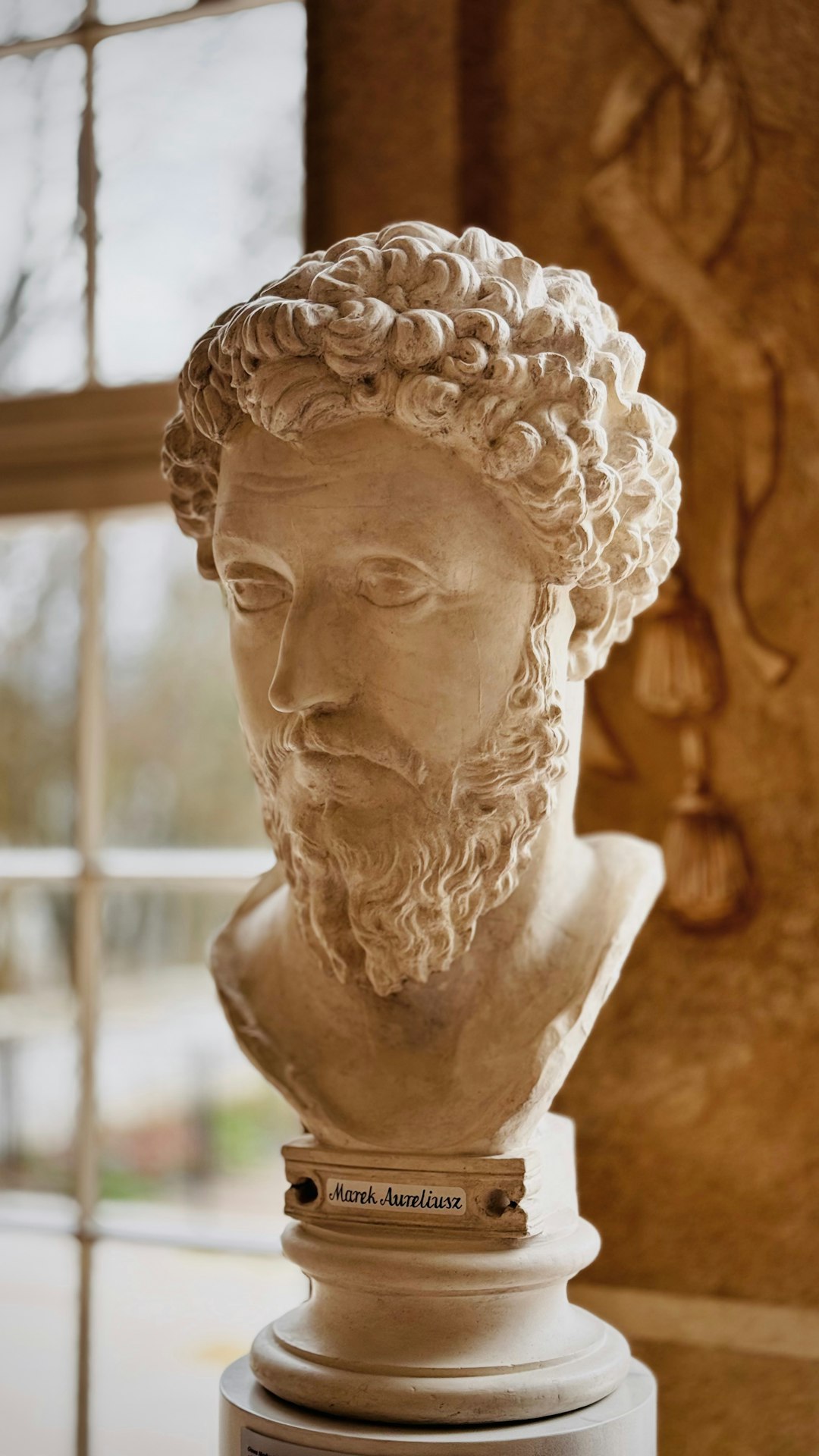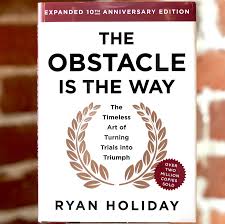
Challenges are constant, and emotions can often feel overwhelming. Finding effective coping mechanisms is essential for personal development and self-improvement. One timeless approach is Stoicism, an ancient philosophy emphasizing emotional resilience and staying strong amidst life’s ups and downs. Adopting Stoic thought can transform one’s perspective, cultivating inner peace and a steady mind.
What is Stoicism? To be clear, it is NOT a religion. You have heard the root word “stoic” before. For example: “Despite the devastating news, she remained stoic, accepting the situation with surprising calm and dignity.” It describes someone who displays emotional restraint and fortitude in adversity. It’s a school of thought that embraces reason, virtue, and accepting things as they are while appreciating what we have and how easily we can lose it. These values complement the prepping lifestyle and will serve you well in stressful situations when keeping a cool head can make the difference between life and death.
Some people are born with a natural stoic bent. They are the relatives or friends who never seem to lose their cool in the toughest situations. They keep it together while everyone around them is distraught, overly excited, or otherwise making a scene. Because of their steadiness, they are the rock many people depend on.
But even if you are very emotional and may be considered flighty and dramatic, you don’t have to be born with a stoic personality. You can develop the tenants of stoicism that will help you move forward when feeling stuck, lean on gratitude when feelings of lack creep up, and, most importantly, stay calm when it all hits the fan.
Embracing Stoicism in Daily Life
Embracing Stoicism in daily life involves integrating its principles into everyday actions and thoughts. It’s about taking practical steps to enhance one’s Emotional Resilience and navigate challenges with a balanced mind.
Emotional Resilience is the ability to adapt to stressful situations and cope with life’s challenges. Stoicism teaches that while we can’t control external events, we can control our reactions to them. This mindset fosters resilience by focusing on what can be controlled—our thoughts and attitudes.
An example of building emotional resilience is practicing mindfulness. When faced with a stressful situation, pause and recognize your immediate emotional response. This awareness allows for a more measured and rational reaction. To quote Stoic Ryan Holiday:
“If an emotion can’t change the condition or the situation you’re dealing with, it is likely an unhelpful emotion. Or, quite possibly, a destructive one. But it’s what I feel. Right, no one said anything about not feeling it. No one said you can’t ever cry. Forget “manliness.” If you need to take a moment, by all means, go ahead. Real strength lies in the control or, as Nassim Taleb put it, the domestication of one’s emotions, not in pretending they don’t exist.”― Ryan Holiday, The Obstacle Is the Way: The Timeless Art of Turning Trials into Triumph

Another practice is journaling about daily events and reflecting on how they align with Stoic principles. This can help identify patterns in emotional responses and areas for improvement.
Lastly, embrace the Stoic idea of amor fati, or love of fate. By accepting that everything happens for a reason, you can build a more resilient outlook on life’s uncertainties. Another Stoic favorite is memento mori, the Latin phrase meaning “remember that you must die.” The negative isn’t the focus; it’s a reminder to make the most of one’s life.
Applying Stoic Thought to Challenges
Stoic thought encourages viewing obstacles as opportunities for growth. By reframing challenges, you can develop a more positive mindset.
One key principle is the dichotomy of control. This principle involves distinguishing between what you can and cannot control. Focus on the former and let go of the latter.
“The chief task in life is simply this: to identify and separate matters so that I can say clearly to myself which are externals not under my control, and which have to do with the choices I actually control. Where then do I look for good and evil? Not to uncontrollable externals, but within myself to the choices that are my own…” – Epictetus
For example, if you’re dealing with a difficult colleague, concentrate on your actions and responses rather than trying to change the other person’s behavior. This shift in focus can reduce stress and improve interactions.
Reflection is also crucial. Regularly assess how you handle challenges. Did you react with reason or emotion? How could you apply Stoic thought more effectively next time?
Incorporating these practices into daily life can turn obstacles into stepping stones for personal development and self-improvement.
“The only guarantee, ever, is that things will go wrong. The only thing we can use to mitigate this is anticipation. Because the only variable we control completely is ourselves.” – Ryan Holiday, The Obstacle is the Way: The Timeless Art of Turning Trials into Triumph
Stoicism as a Coping Mechanism
As a coping mechanism, Stoicism offers a framework for dealing with life’s uncertainties and stresses. By adopting its principles, individuals can cultivate a sense of calm and purpose.
Philosophy for Life and Self-Improvement
Stoicism is a philosophy of life that emphasizes harmony with nature and acceptance of the present moment. This approach to self-improvement encourages a focus on inner virtue rather than external success.
Virtue in Stoicism involves aligning actions with moral values such as wisdom, courage, and justice. Focusing on these values can provide a stable foundation during turbulent times.
To adopt Stoic principles for self-improvement, start with small, daily actions. Reflect on personal values and align your goals with them. This alignment, along with your faith/belief system, can lead to a more purposeful life.
“Waste no more time arguing what a good man should be. Be One.” – Marcus Aurelius
Practice gratitude by acknowledging what you have rather than what you lack. This shift in perspective can lead to greater satisfaction and emotional resilience.

Staying Strong Through Stoic Practices
Staying strong through Stoic practices involves regular engagement with its teachings.
Daily Reflection: Set aside time daily to examine your actions and thoughts and consider how they align with Stoic virtues.
Negative Visualization: To appreciate what you have, imagine worst-case scenarios and prepare for potential challenges.
Mindful Detachment: Practice detachment from emotions by viewing them as temporary states rather than defining truths.
Take the example of professional setbacks. By applying Stoic detachment, you can view these setbacks as learning experiences rather than failures.
Bullet-point insights:
Reflect on what went wrong and what can be learned.
Focus on how to apply this new knowledge to future endeavors.
Maintain a calm and collected demeanor, treating each challenge as a growth opportunity.

Personal Development through Stoic Thought
Personal development through Stoic thought involves practical steps to foster a resilient mindset and achieve inner peace.
Practical Steps for Everyday Use
Incorporating Stoic principles into daily routines can lead to significant personal growth. Here are some practical steps to get started:
Morning Meditation: Begin the day with a brief meditation focusing on Stoic virtues. This sets a positive tone for the day.
Gratitude Journaling: Write down three things you’re grateful for each day. This habit shifts focus from lack to abundance.
Mindful Breathing: Practice deep breathing exercises during stressful moments to calm the mind and reduce anxiety.
For instance, during a hectic workday, take a few minutes to practice mindful breathing. This simple act can restore focus and reduce stress levels.
By consistently applying these practices, individuals can enhance their personal development journey and cultivate a Stoic mindset.
Achieving a Stoic Mindset
Start by embracing the Serenity Prayer: “Grant me the serenity to accept the things I cannot change, courage to change the things I can, and wisdom to know the difference.” This encapsulates Stoic thought.
Strive for empathy and understanding in daily interactions. Recognize that everyone is fighting their own battles and approach situations with compassion.
Lastly, engage with Stoic literature. Reading works by Seneca, Epictetus, and Marcus Aurelius can deepen understanding and inspire personal growth.
In essence, Stoicism is a philosophy of living a virtuous and fulfilling life by focusing on what we can control, cultivating inner peace, and accepting the realities of the world.
“Life is very short and anxious for those who forget the past, neglect the present, and fear the future.” – Seneca
Note my motto: “Always steady, Apocalypse ready.” I consider myself a Stoic, and the philosophy has helped me through several challenging chapters and dealing with difficult people. If you delve into the philosophy, I believe you will reap great benefits. It will provide the quiet confidence that self-control and self-awareness can bring. As preppers, Stoicism can help us stay practical, present, calm, focused, and prepared while walking strong in our chosen faith and into the future—whatever it may bring.

Further reading: Wikipedia: Seneca, Epictetus, and Marcus Aurelius



